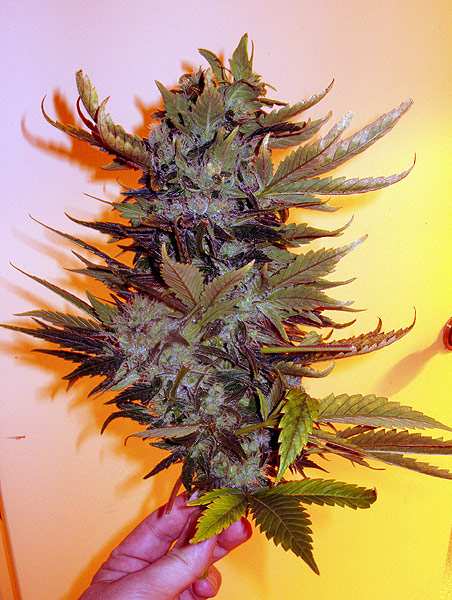Pod Racer
Member
Excellent as always my grow buddy. However I was going to say in your PM and here as well - WHAT??? 900 EC is that like 400 ppms? This is your well water right? I'd honestly say (And this was my best investment EVER) is to get yourself an R/O unit off Ebay. They are like $75 and I can't tell you how much easier and more effective it is to use 4 ppm water as your start level.
With a TDS of 400 that is actually not recommended for human consumption as its way way way too hard. Hence 8.3 ph. There is too much bicarbonate in that salt water for sure. Might do fine, not saying it wont. Just saying for $75 you'll never have another question about deficiencies, nutrient strength, or issues with imbalance - which I'm sure all that bi-carbonate is throwing your nutes off.
Just my 2 cents. I have 400 ppm here city water and it, combined with my unknown water softener killed off 2 entire batches of clones before I realized what was going wrong. So I got my ass off my chair and drug my R/O filter out of the garage and set it up in my room. No more issues.
So I got my ass off my chair and drug my R/O filter out of the garage and set it up in my room. No more issues.
I think you should post whatever you want in your thread Bree. Its your house, do as you will. Lord knows I do.
Does weed make anyone else feel like just getting up and dancing? Said the grinning buddha.
Said the grinning buddha.
With a TDS of 400 that is actually not recommended for human consumption as its way way way too hard. Hence 8.3 ph. There is too much bicarbonate in that salt water for sure. Might do fine, not saying it wont. Just saying for $75 you'll never have another question about deficiencies, nutrient strength, or issues with imbalance - which I'm sure all that bi-carbonate is throwing your nutes off.
Just my 2 cents. I have 400 ppm here city water and it, combined with my unknown water softener killed off 2 entire batches of clones before I realized what was going wrong.
 So I got my ass off my chair and drug my R/O filter out of the garage and set it up in my room. No more issues.
So I got my ass off my chair and drug my R/O filter out of the garage and set it up in my room. No more issues.I think you should post whatever you want in your thread Bree. Its your house, do as you will. Lord knows I do.

Does weed make anyone else feel like just getting up and dancing?
 Said the grinning buddha.
Said the grinning buddha.
Last edited:





















